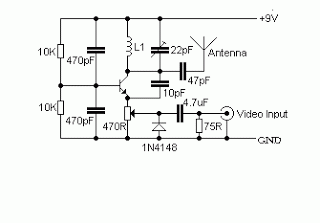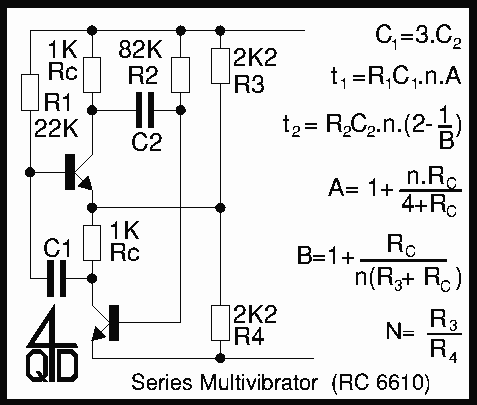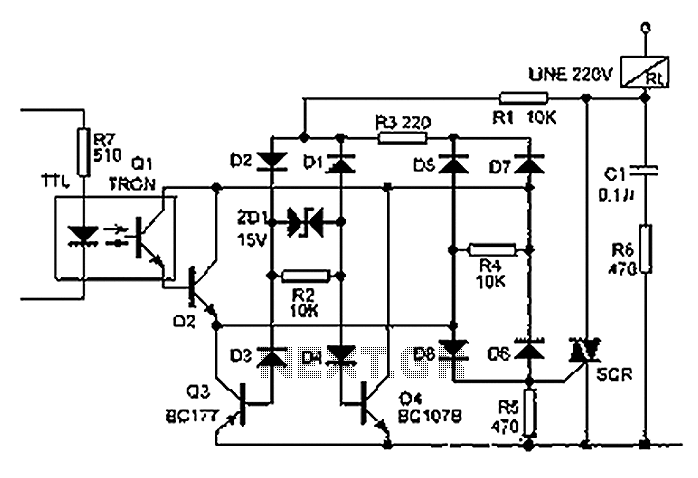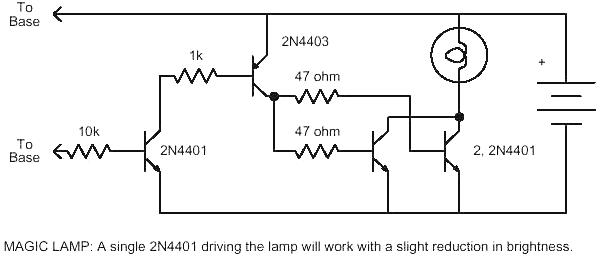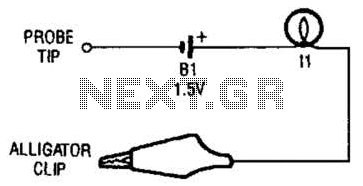
Solid State Relay circuits
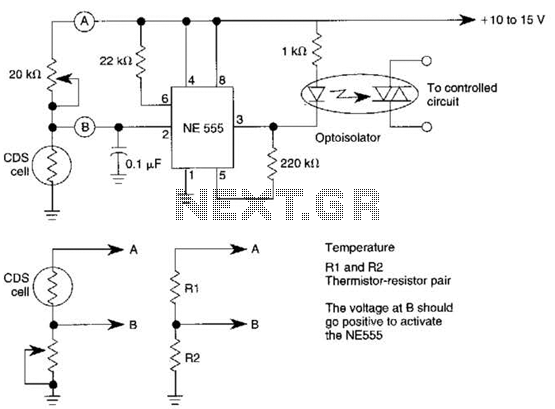
This dark-activated relay switch can be utilized to activate walkway or other outdoor lighting at dusk. By employing alternate connections to points A and B, it is capable of sensing varying levels of illumination, as well as high and low temperatures.
The dark-activated relay switch operates based on the principle of light detection, typically using a photoresistor (LDR) or a phototransistor to sense ambient light levels. When the light intensity falls below a predetermined threshold, indicating dusk or low light conditions, the relay is triggered, closing the circuit and allowing the connected lighting to turn on.
The relay switch can be designed to accommodate different voltage levels, making it versatile for various outdoor lighting applications. Additionally, the alternate connections to points A and B allow for the integration of temperature sensing capabilities. This can be achieved by incorporating temperature sensors, such as thermistors or digital temperature sensors, which can monitor environmental conditions and potentially adjust the lighting operation based on temperature thresholds.
For example, if the temperature falls below a certain level, the system can be programmed to keep the lights on longer for safety or to activate additional heating elements if applicable. The relay can be powered by a low-voltage supply, ensuring safety in outdoor installations, and can be housed in a weatherproof enclosure to protect against environmental factors.
Overall, this dark-activated relay switch serves as an efficient solution for outdoor lighting management, providing both illumination control and environmental monitoring capabilities, thereby enhancing safety and energy efficiency in outdoor spaces. This dark-activated relay switch can be used to turn on walkway or other outdoor lighting at dusk. By using alternate connections to A and B, increasing illumination, high and low temperatures can be sensed. 🔗 External reference
The dark-activated relay switch operates based on the principle of light detection, typically using a photoresistor (LDR) or a phototransistor to sense ambient light levels. When the light intensity falls below a predetermined threshold, indicating dusk or low light conditions, the relay is triggered, closing the circuit and allowing the connected lighting to turn on.
The relay switch can be designed to accommodate different voltage levels, making it versatile for various outdoor lighting applications. Additionally, the alternate connections to points A and B allow for the integration of temperature sensing capabilities. This can be achieved by incorporating temperature sensors, such as thermistors or digital temperature sensors, which can monitor environmental conditions and potentially adjust the lighting operation based on temperature thresholds.
For example, if the temperature falls below a certain level, the system can be programmed to keep the lights on longer for safety or to activate additional heating elements if applicable. The relay can be powered by a low-voltage supply, ensuring safety in outdoor installations, and can be housed in a weatherproof enclosure to protect against environmental factors.
Overall, this dark-activated relay switch serves as an efficient solution for outdoor lighting management, providing both illumination control and environmental monitoring capabilities, thereby enhancing safety and energy efficiency in outdoor spaces. This dark-activated relay switch can be used to turn on walkway or other outdoor lighting at dusk. By using alternate connections to A and B, increasing illumination, high and low temperatures can be sensed. 🔗 External reference
